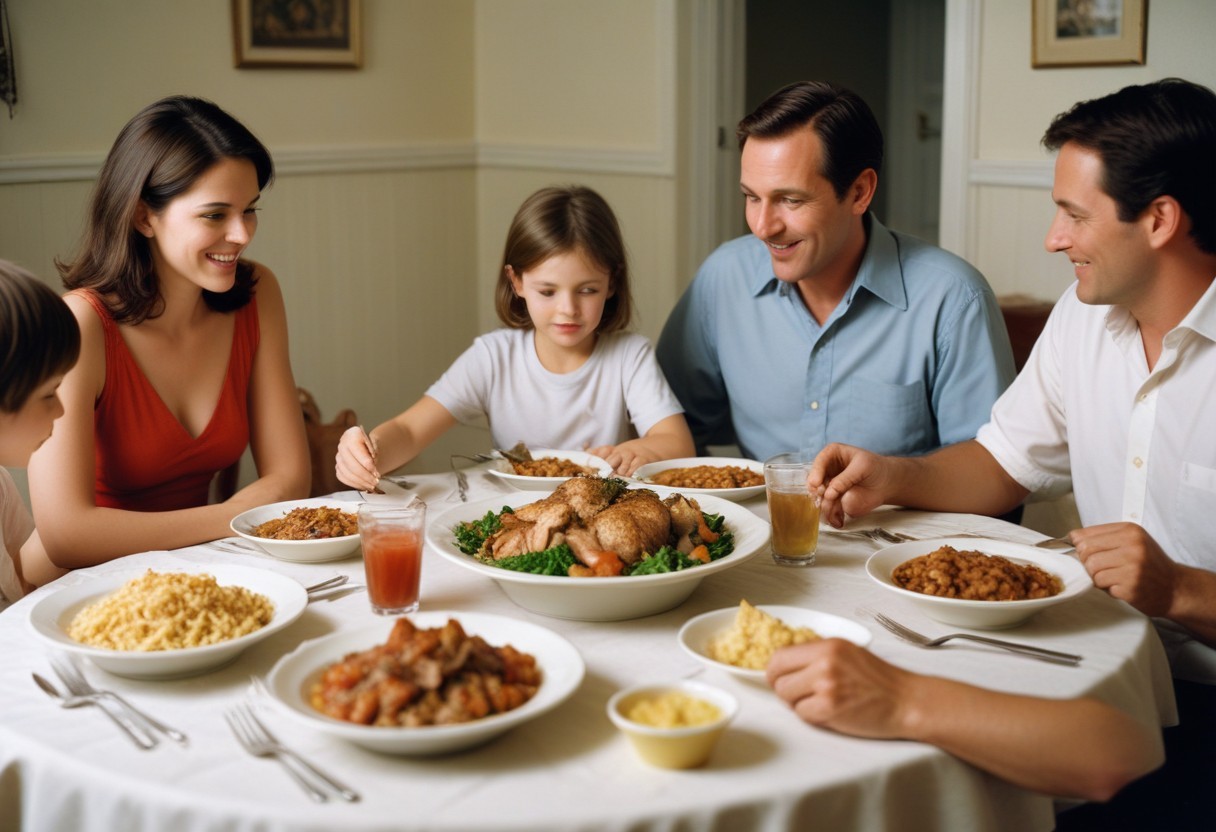Top 15 Weirdest US Traditions That Confuse The World
| Table of Contents |
How are you going to celebrate New Year's Eve this year? Will you run around the neighborhood throwing old dishes at people's front doors? If you reside in Denmark, you might do exactly that. Or maybe you'll choose a famous person or incident that made headlines this year, build an effigy, then set it on fire and watch it burn. Doesn't it sound like you? It might if you are Ecuadorian.
Traditions differ greatly over the world, and the practices of one community can appear bizarre to others. American culture and customs are well-known around the world, thanks to the efforts of Hollywood and other branches of the country's media complex. However, this does not always imply that other countries regard some of these customs as less odd than Americans do.
 |
| Top 15 Traditions In The US That Confuse The World |
Top 15 Traditions In The US That Confuse The World
1. Throwing Tailgate Parties
 |
When Americans go to athletic events, particularly football games, it's not enough to just show up and sit down. These fans must arrive hours in advance to fully prepare for the experience of seeing the game live and in person. Tailgaters, dressed in team colors, congregate in stadium parking lots to grill food and drink cold adult drinks.
Many tailgaters take their setups seriously, bringing along TVs, music equipment, and satellite dishes to enhance their experience. (Have you seen the infield of a NASCAR race?) When it comes to tailgating, it appears that the earlier supporters arrive, the better. Some fans even camp out the night before the game to secure the best seats.
READ MORE: Top 7 Iconic and Declicious Traditional Foods in Virginia
2. College Fraternities and Sororities
Greek life on college campuses consists of complicated initiation rites, rigorous hierarchies, and a strong sense of brotherhood or sisterhood, which may appear unusual to those outside the institution.
READ MORE: Good Friday in the Bible: Definition, History, Meaning, Traditions and Facts
3. Presidential Turkey Pardons
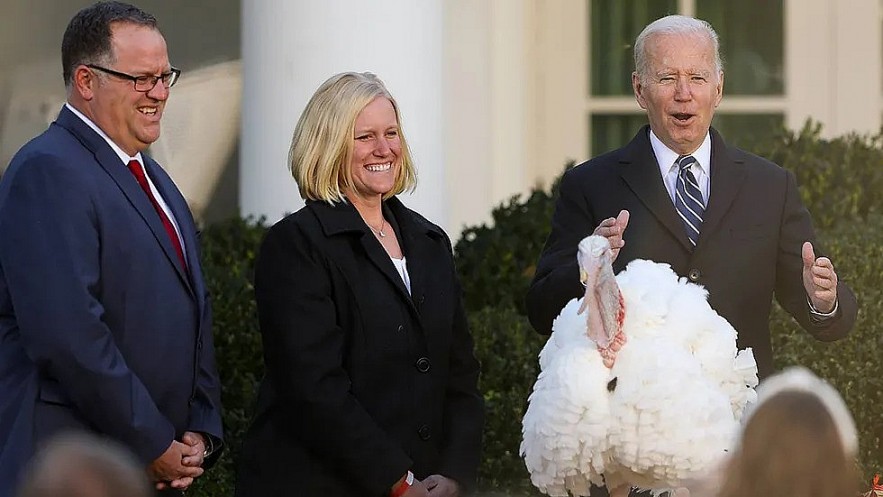 |
Thanksgiving in general appears to perplex people unfamiliar with American traditions, but maybe no aspect of that eccentric turkey celebration is more weird than the annual ritual in which modern presidents award an official pardon to a live turkey presented to them by the National Turkey Federation. Interestingly, there has been a lot of confusion among Americans about the true roots of this peculiar practice.
Although the National Turkey Federation has been sending turkeys to presidents every year since 1947, the concept of "pardoning" them by saving them from the stove did not emerge until years later. Even when it did happen, it wasn't as dramatic as a presidential pardon pronouncement.
4.Tailgating
Pre-game parties in stadium parking lots include grilling, drinking, and mingling, making for a one-of-a-kind sports-watching experience that is difficult to reproduce elsewhere.
5. State fairs
These annual festivities feature unusual attractions such as butter sculptures and deep-fried meals, demonstrating a distinct blend of Americana and quirkiness.
6. Prom Night
Prom is a rite of passage for American youths, featuring costly formalwear, corsages, and dancing, with some schools voting prom kings and queens.
7. Refusing to Go Metric
It is entirely okay to use the metric system in the United States – Congress allowed it in 1866 and has echoed same views in subsequent years — but tradition tells a quite different story. Although the government now compels metric use in some public sectors and highly supports adoption in many private companies, the American public has never fully embraced the system and has mostly ignored it, making the United States the only industrialized nation in which this is true.
In an effort to expedite the process, Congress approved the Metric Conversion Act of 1975, which established a United States Metric Board to oversee all aspects of the desired shift. However, they did not give the board much authority, and the American people decided to stick with their miles, pounds, ounces, and so on. Similarly, subsequent efforts have done nothing to persuade Americans to change their ways.
8. Groundhog Day
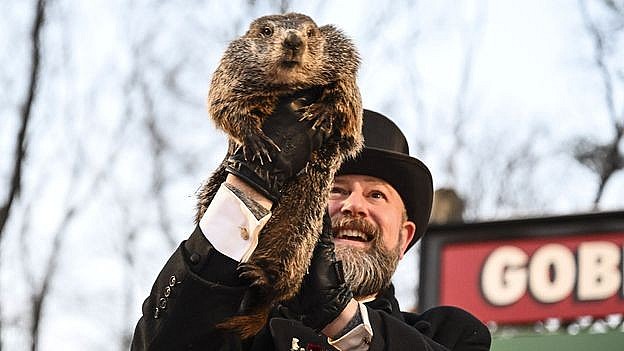 |
Leave it to Americans to base their warm-weather trip plans on the actions of a reticent rodent. Each year, groundhogs across the country, most famously Punxsutawney Phil of Punxsutawney, Pennsylvania, are paraded to estimate how many weeks before spring arrives.
It's either six more weeks of winter or an early spring, depending on whether the little creature sees his shadow. This custom has continued since the 1800s, despite (ahem) slight breakthroughs in weather prediction since then. Speaking of measuring things in unusual ways, we have one more peculiar American habit for you next.
9. Black Friday shopping sprees
Every year, just hours after millions of unpardoned turkeys are gobbled in the United States on Thanksgiving, armies of consumers head out to begin their annual Christmas present list. Black Friday discounts generally kick off this national weekend shopping extravaganza, which continues with Small Business Saturday and concludes with Cyber Monday, two newly established traditions that have risen in popularity.
Traditionally, most Black Friday shoppers arrive at their preferred stores at a reasonable hour, but many diehards go a step farther and begin the day at a gruelingly early hour. In rare situations, riots or catastrophic stampedes have broken out among customers eager to get a good deal or a specific goods. Many Black Friday sales have recently taken place online, however a certain percentage of customers continue to prefer the in-person experience.
10. Sweet Sixteen Parties
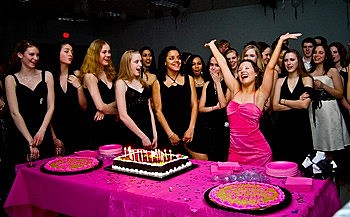 |
Lavish celebrations for a girl's 16th birthday, complete with lavish gifts and elaborate parties, may appear excessive to individuals from countries with distinct coming-of-age traditions.
11.Homecoming
High school and college students celebrate the return of alumni with energetic events such as pep rallies, football games, and dances, demonstrating a strong feeling of school pride.
12.Tipping
When dining out in the United States, you should always have some additional cash on hand. Tipping is expected — and often required — for servers and bartenders. Other service businesses that accept tips include hair stylists, taxi drivers, tour guides, porters, and food delivery drivers. Not only that, but customers are even told how much to tip. Wait workers, for example, can expect to get tipped 15 to 20% of the whole bill, whereas bellhops often receive $1 each bag carried.
What is the deal with the tipping custom, which is common in some nations but frowned upon in others? Much of it can be attributed to the fact that in the United States, restaurants are permitted to pay their waitstaff less than the minimum wage, therefore tips are expected to compensate for this, and possibly more. However, before this was written into law in 1938, Americans had already experimented with tipping in the mid-1800s, a custom brought back from Europe by the wealthy to appear more educated.
13. Baby Showers
The tradition of celebrating a new born has existed for centuries and is practiced in almost every country. In the United States, it is celebrated differently: with a baby shower. (Don't even get us started on the gender reveal.)
The modern baby shower originated in the 1950s, during the height of the post-World War II baby boom. It usually consists of an afternoon party for the expectant mother, attended by close female friends and family members. During the celebration, the guests "shower" the woman with much-needed baby presents, which she opens for all to see. Guests often play baby-themed activities, and there is always lots of food.
14. High School Graduation Ceremonies
With caps, gowns, and diplomas, these ceremonies frequently include speeches, processions, and pomp and circumstance, marking the completion of years of academic achievement.
15. Trick or treat
Many societies have strong historical traditions, such as dressing up for Halloween and exchanging various types of food, but few involve youngsters going door-to-door begging for sweets with the words, "Trick or treat!" That bizarre habit is thought to have originated in the United States, but the pint-sized rookies being paraded around the neighborhood may find it very perplexing. Typically, their parents would restrict kids from approaching strangers, begging for candy, or walking the streets at night. They suddenly change their tune and embrace such shenanigans on one lovely evening each fall.
But there's a catch: They can only get these valuable treats if they say the magic words, "Trick or treat." And, heaven forbid, the candy provider should request a trick from one of these poor, confused rookies - what type of trick are they meant to perform?! However, after a few years, they catch on and trick-or-treating becomes a tradition they cannot fathom October without.
Conclusion
If you've been involved in American culture for long enough, there are certain things that are so "normal" that it's difficult to think that they'd be regarded alarming to non-Americans. The traditions listed above appear unusual in other parts of the world yet are common in the United States.
 10 Unconventional New Year Traditions That Ensure Year-long Good Fortune 10 Unconventional New Year Traditions That Ensure Year-long Good Fortune Do you think that observing certain New Year's customs might help you stay fortunate throughout the entire year? Take part in these well-known global customs ... |
 The Most Common New Year's Eve Customs Observed in the United States The Most Common New Year's Eve Customs Observed in the United States Numerous well-liked customs for good fortune in the New Year exist throughout the United States. This is a list of fascinating US customs that you ... |
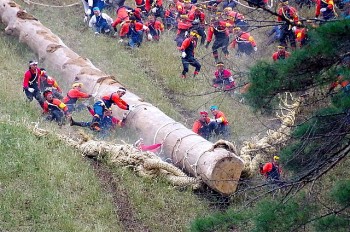 Top 12 Most Dangerous Traditions/Practices In The World Today Top 12 Most Dangerous Traditions/Practices In The World Today Travel concerns have shifted in the previous few decades due to the proliferation of animal rights issues and the exponential ease of international travel, raising ... |



